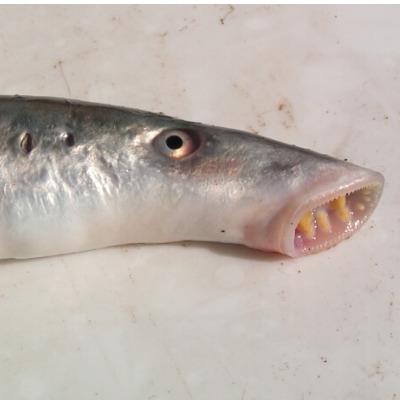
Lampreys are prehistoric fish that live in waters around the world. In addition to their strange looks, they feed off of the blood of other fish. In studies conducted at the University of Wisconsin-Madison and UTexas-Austin, proteins made by the immune systems of lampreys are being tested for their ability to deliver drugs into the brain. The studies focused on molecules called “variable lymphocyte receptors” (VLRs). Lampry VLRs are found in their brain and spinal cords.
Delivering drugs to the brain is blocked by a tight lining surrounding the brain - the brain-blood barrier (BBB). The BBB protects the brain from harmful things from entering the brain, but it also prevents many life-saving medications from entering. Some conditions can weaken the BBB, making it easier to cross. The researchers took advantage of the weakened BBB in mice with glioblastoma (an aggressive form of brain cancer).They showed that VLRs are able to deliver chemotherapy into the brain more effectively under these conditions. Professor John Kuo explains this by comparing VLRs lampreys to water soaking into a sponge, meaning the VLRs allow a much greater dosage of drug to be carried into the brain than traditional delivery methods.
The researchers also noted that the VLRs were circulating all throughout the mouse tissue, but they did not accumulate in healthy tissue, suggesting that cancer treatment using VLRs would not harm normal cells. The potential of VLRs from Lampreys in treating brain cancer, stroke and other trauma is promising.
